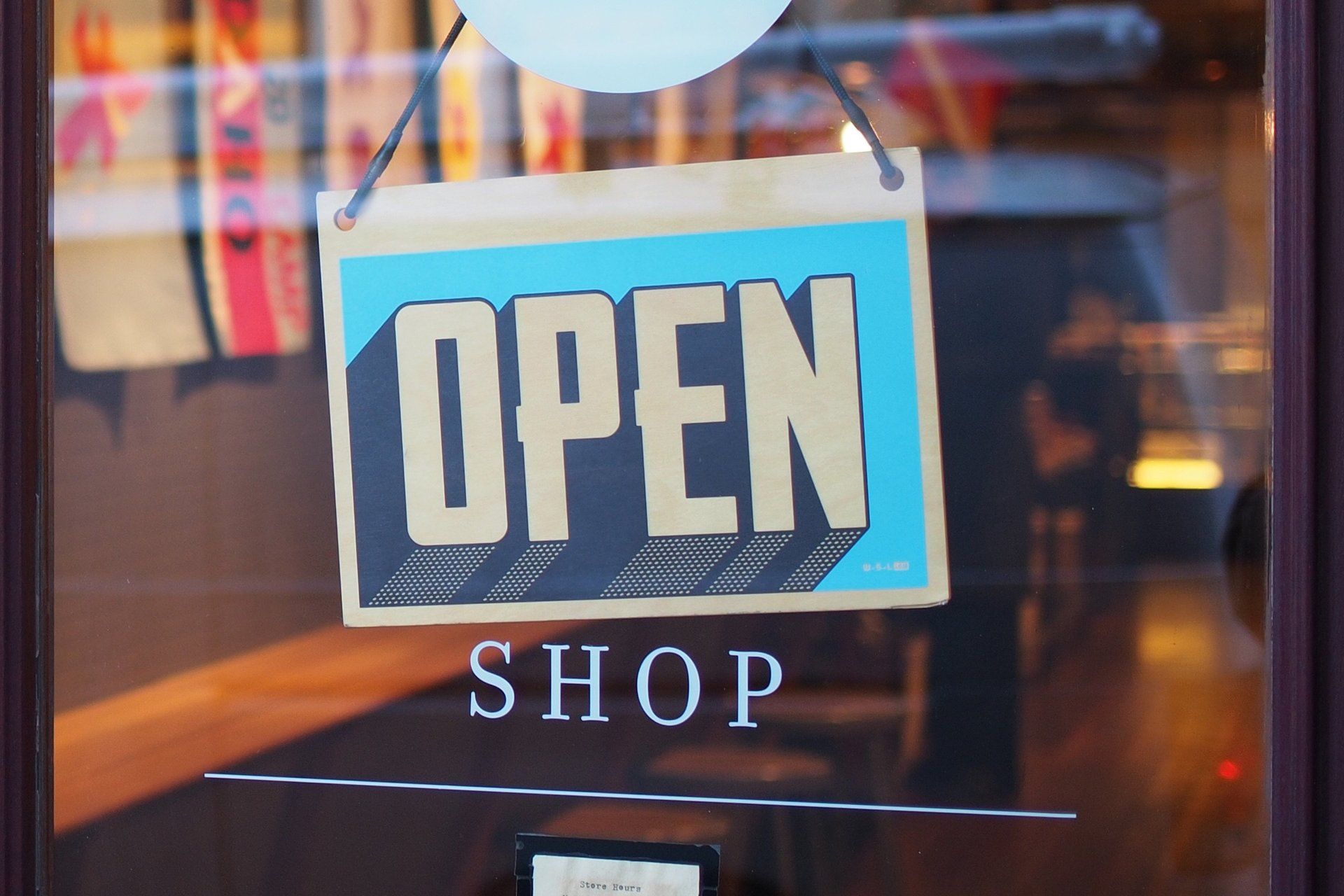
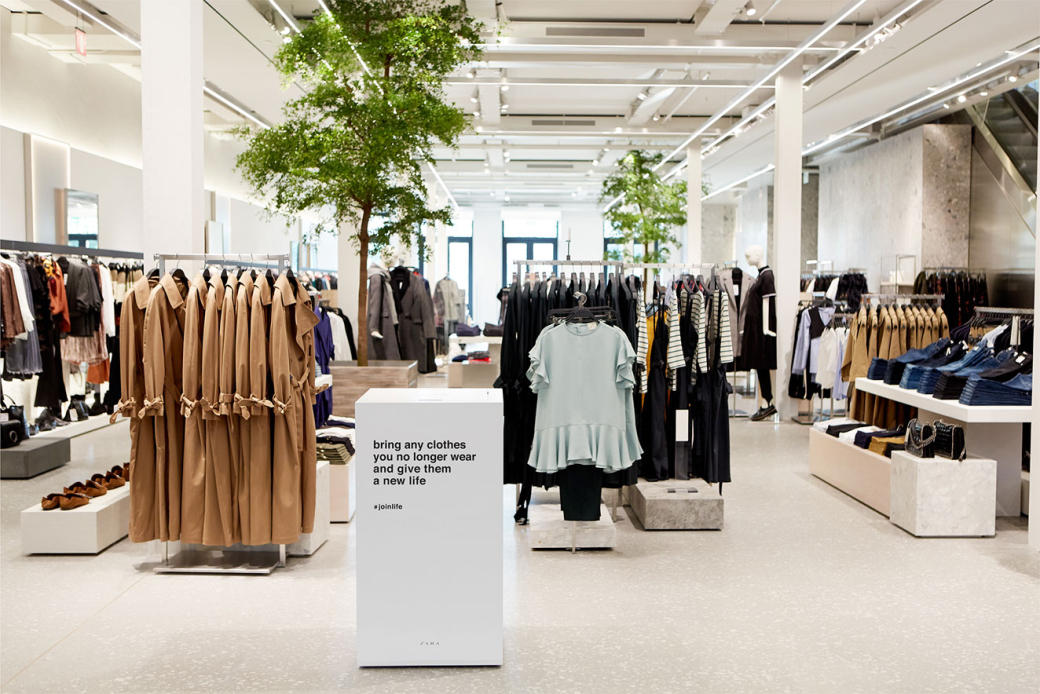
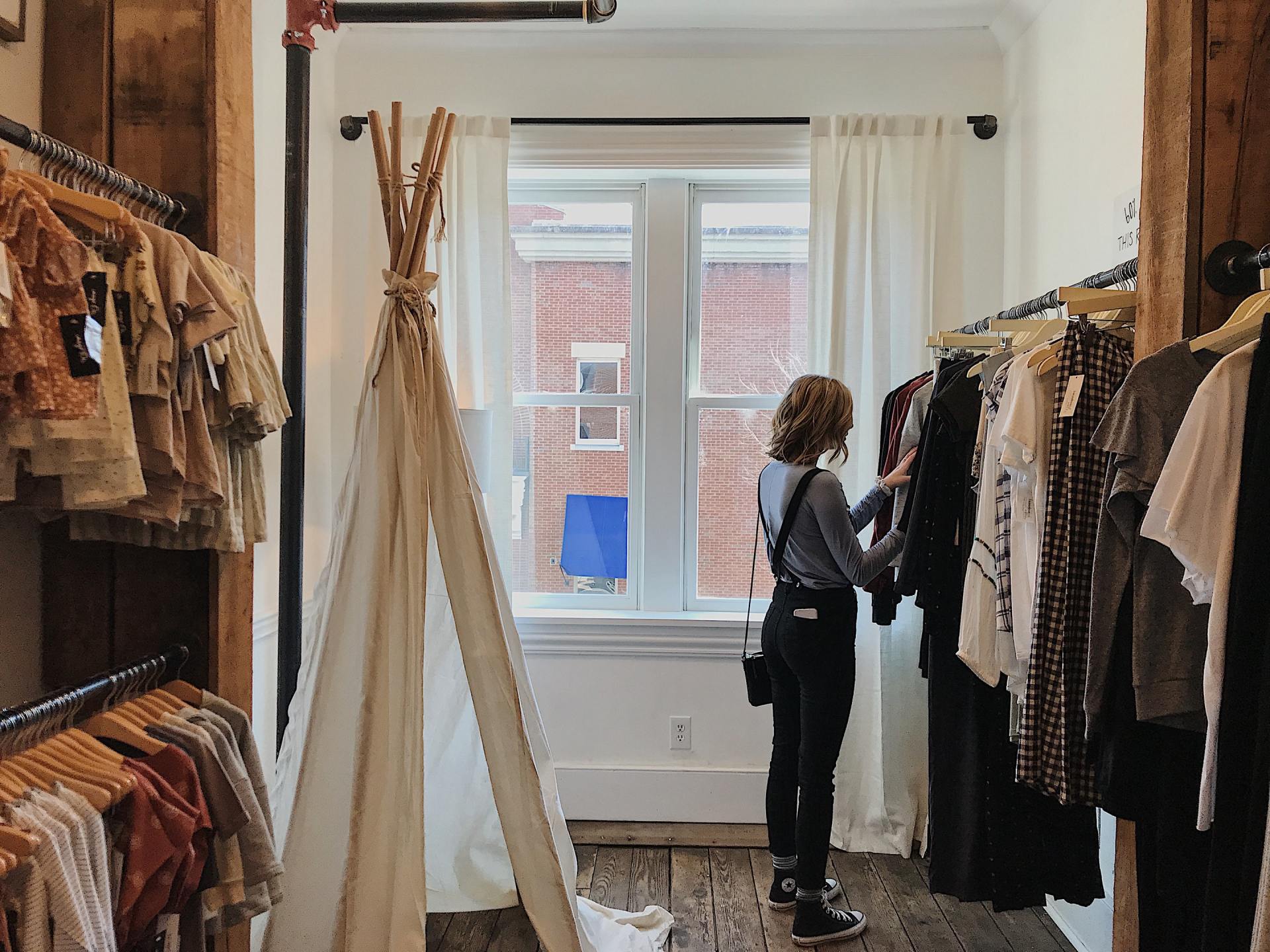
The Case For Convenience. How These Retailers Built Convenience Directly Into Their Brand Experience
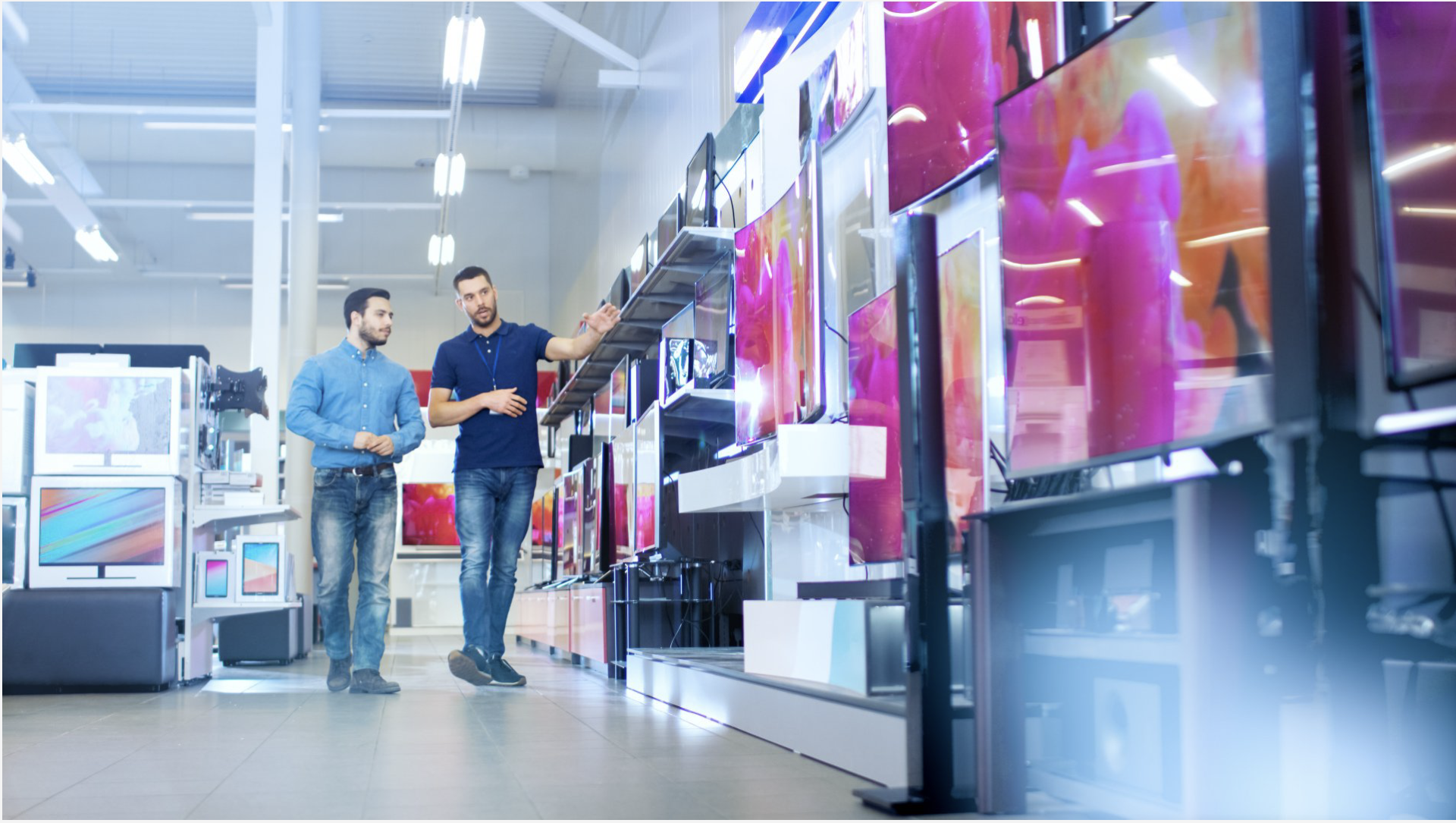
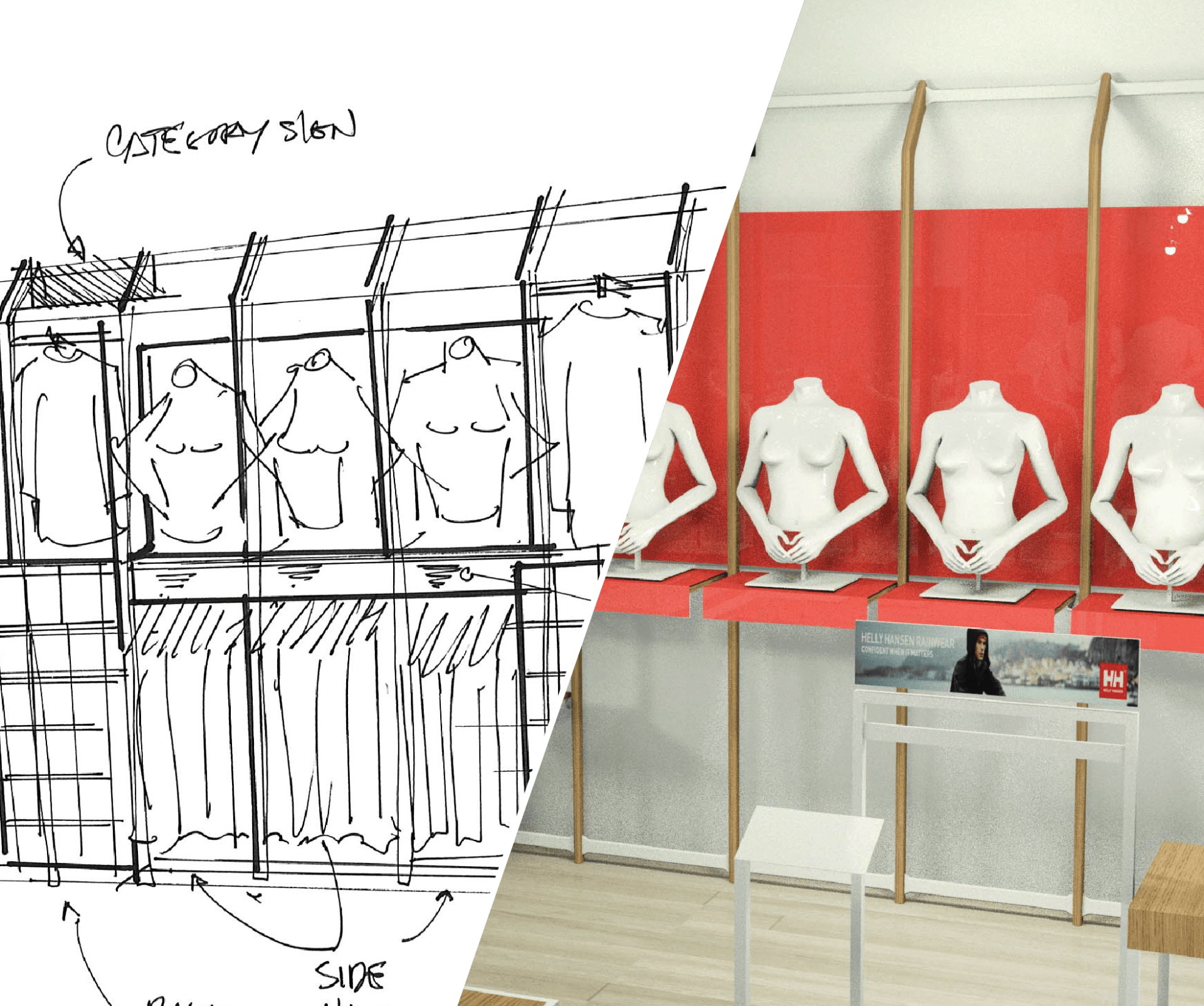
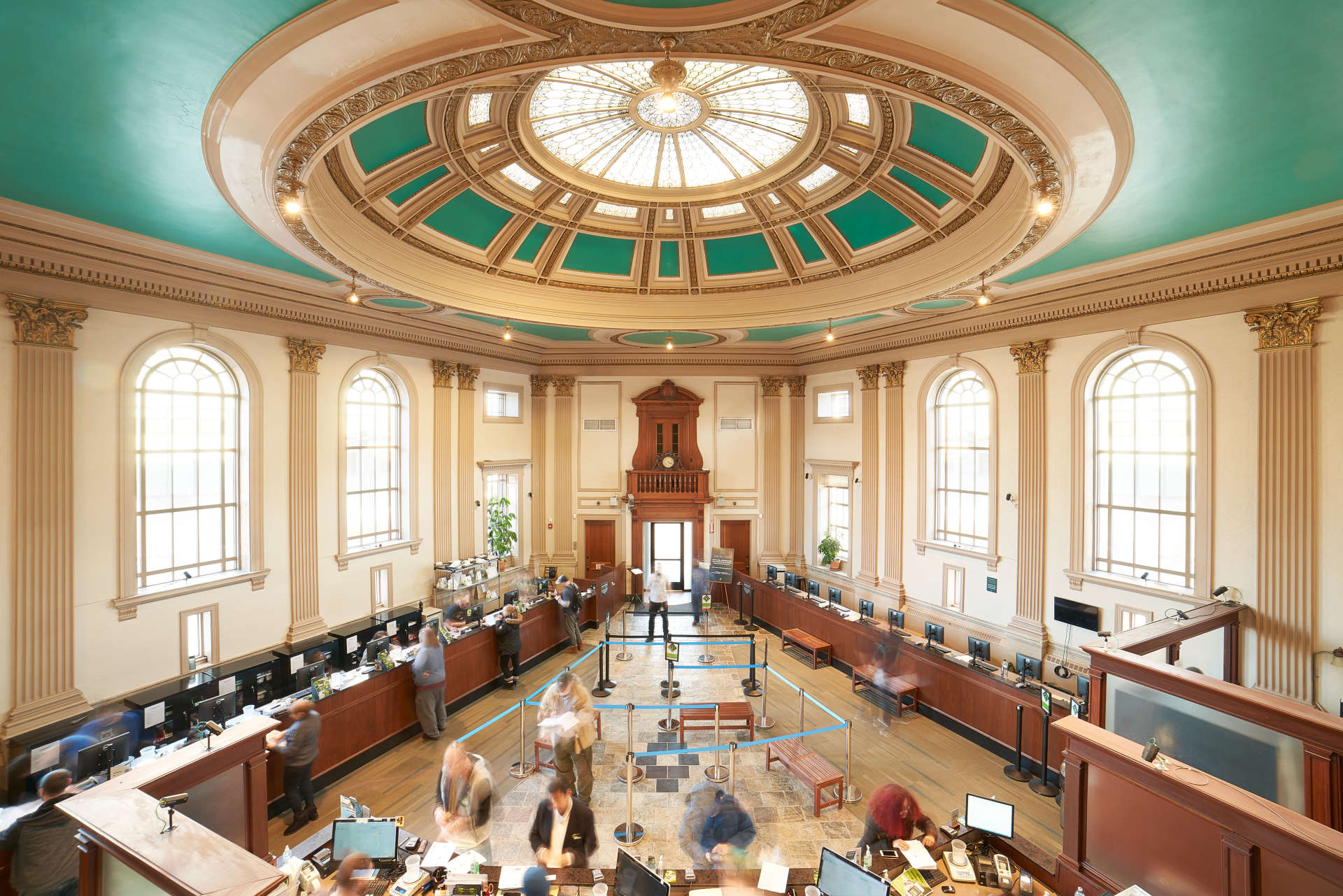
Lighting is just one element of design in retail environments, but it plays along with others to create a complete retail environment design. Since 80% of the sensory information a customer processes is visual, naturally we need to make sure lighting leads them where we want them to go, and that they’re able to see the message.
Historically, lighting options in retail environment design were limited mainly to the wall or the ceiling. With the advent of technologies like LEDs, it’s possible now to integrate lighting into store fixtures and interior elements, enabling nearly any lighting effect you can imagine.
What should lighting do in retail environments? Ideally, lighting creates an experience and affects the customer’s mood. The right type of lighting can guide the path customers take through the store, and direct attention to key messages and products.
Overall, your lighting communicates your message and creates a mood. Whether you want that mood to be that of a basketball court, a nightclub, a coffee shop, a fashion runway, or a cozy living room is up to you and the story you want to share. Your store fixtures and the lighting create an experience for the customer and affect feelings about your product and your store.
Planning lighting into an overall fixture program or retail design plan is one of the best ways to tell your story. Some of the lighting considerations to support your story include:
Angle of light/ distribution: whether it is spot, flood, or wash each will alter how your product is featured in a space and how visible the lighting will be in the space.
Temperature:
determining the right color temperature of the lights in your space does a lot for the feel. Temperature is where you dial in the color of the light. Too blue and it sharp or too orange and it space becomes too rustic. A balance needs to be struck with each product.
Color Render:
Some lights will mute colors others make them more vivid. The color render index helps with finding the right light to make aspects of your product stand out.
Direct or indirect:
similar to light distribution, how focused the light is in a space or on product can dramatically alter the mood of a space. Direct light such asthe kind often used in jewelry stores, works well for a product behind the
counter or featured. In stores with broad offerings, accent lighting is generally used to highlight a particular item, like a sale product. For spaces that the more direct hot spotting would be distracting or harsh, indirect light can help with washes illumination to make atmospheric spaces.
Decorative lighting:
more story than function. Decorative lighting can include lamps, chandeliers, or custom
neon lighting.
Ambient lighting:
sets
the overall tone in most retail environments, since it is generally the largest
light source. Often times lighting conversations are driven by the ambient light of an existing space.
Natural lighting:
wherever possible, works well because it is proven to enhance mood, so it tends
to make people more open to your message.
Integrated lighting: in store fixtures can include effects light uplighting, for a premium effect, or backlighting, for a halo effect. Integrated lighting in store fixtures encourages customers to pick up the merchandise twice as often. When designing a fixture program, be sure to consider integrated lighting.
Even the most innovative design falls flat if the lighting
exhibits missteps. When you discuss your fixture
roll-out and implementation, often times you need to see options to be able to make an informed decision. It is better to experiment with how lighting works in your space and with your product before rolling out.
Quarter 20, we love to partner with you in planning and executing the lighting and design, every step of the way. Contact Quarter 20 today to incorporate lighting in your retail environment design plans.





